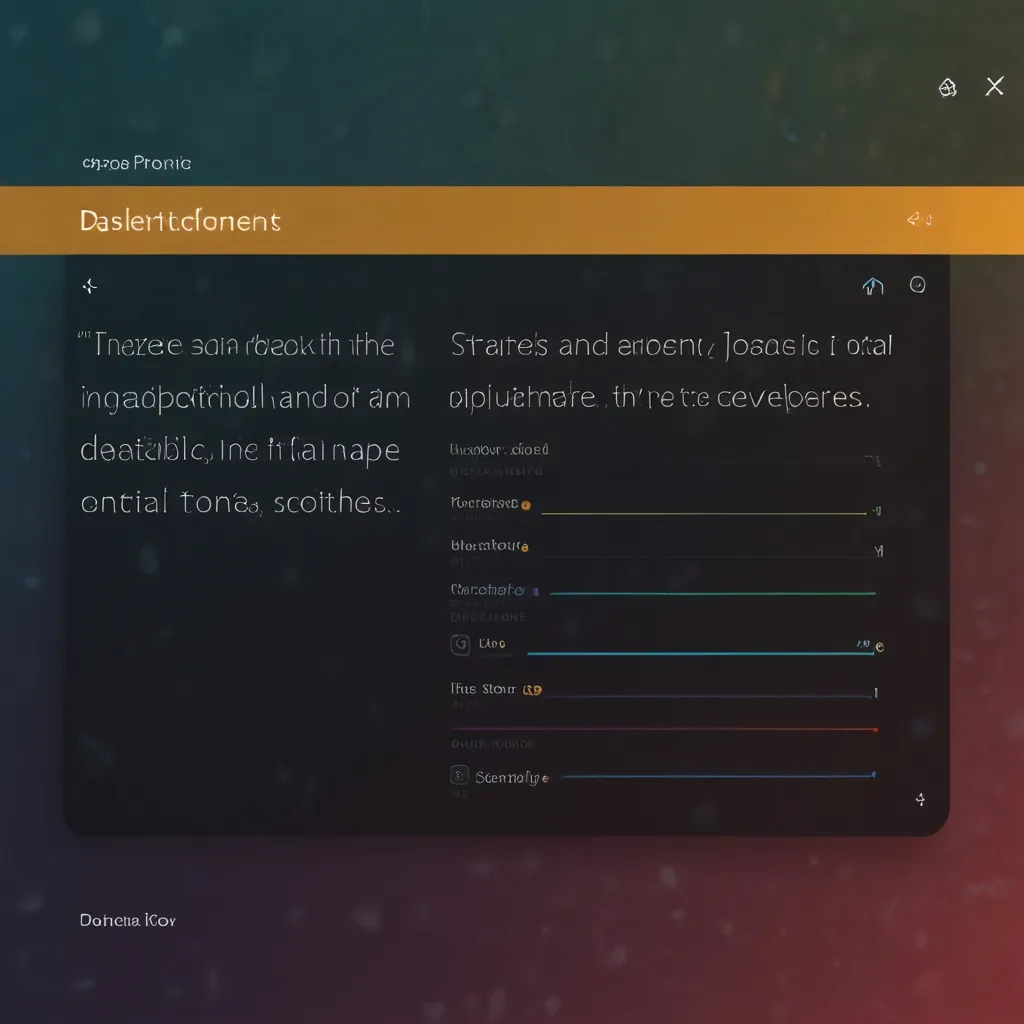Alright, let’s dive into the world of Svelte, a modern JavaScript framework that’s really shaking things up. It’s catching a lot of eyes lately, and for good reason. Unlike big names like React and Vue, Svelte has a unique way of doing things by moving much of the heavy lifting to compile time. This results in sleeker performance and lighter bundle sizes, which is pretty cool if you ask me.
So, what sets Svelte apart from the crowd? The magic lies in its compilation process. Instead of using the usual virtual DOM, Svelte converts your code into highly optimized vanilla JavaScript at build time. This means when your app runs, it skips the virtual DOM overhead, allowing for quicker initial loads and slick, responsive interfaces. Imagine building a data visualization project with loads of DOM elements—Svelte ensures smooth interactions, keeping everything snappy.
Svelte is all about performance. By compiling components directly into efficient, imperative code that manipulates the DOM, it ditches the virtual DOM’s overhead. This translates into apps that load fast and react swiftly to user actions. This performance boost is especially handy when you’re working with lots of data or building highly interactive features.
But it’s not just about speed. Svelte is also incredibly easy to use. Its minimalist syntax reduces boilerplate, letting developers focus on the fun part—building features. This simplicity makes Svelte a great choice whether you’re just starting out or you’re a seasoned developer. The reactivity model, built right into the language, makes managing and updating app states straightforward. Reactive statements and variables keep your state management hassle-free—no extra libraries needed.
Now, let’s talk about the developer experience with Svelte. It’s pretty darn enjoyable. Clear, concise error messages, a robust interactive tutorial, and an active community make it a breeze to get started and stay productive. The Svelte DevTools extension is a handy companion for debugging and optimizing your apps seamlessly. This all adds up to a supportive ecosystem where you can quickly hit the ground running.
Svelte promotes a component-based architecture, which is a fancy way of saying you build your app with self-contained, reusable pieces. This modular approach makes it easy to build, maintain, and scale your projects. Think of it like creating a universal button component—you can use it all over your app, ensuring consistency and reducing redundancy. Neat, right?
Getting started with Svelte is a piece of cake if you know some basics of HTML, CSS, and JavaScript. Make sure you have Node.js and npm installed on your terminal. Then, just follow a few simple steps—install Node.js and npm, create a new Svelte project with the command npm create svelte@latest my-app, install the dependencies, and kick off the development server with npm run dev -- --open. And boom, you’re up and running.
Want to build your first Svelte application? Here’s a quick example to get you started:
<script>
let name = 'World';
</script>
<h1>Hello {name}!</h1>
<button on:click={() => name = 'Svelte'}>Change Name</button>
In this snippet, you’re defining a variable name, displaying it inside an <h1> tag, and updating it upon button click. This highlights Svelte’s awesome reactivity—super straightforward and efficient.
And when you’re ready to share your masterpiece with the world, deploying your Svelte app is just as easy. Svelte supports various deployment options, whether it’s static site generation or server-side rendering. Simply run npm run build to create a production-ready bundle, and then deploy it to platforms like Vercel or Netlify. These steps ensure your app is polished and production-ready.
Svelte is a great fit for several specific use cases. If you’re building applications for low-power devices or environments with slow network speeds, Svelte’s smaller bundle sizes ensure your app stays speedy and functional. It’s also fantastic for highly interactive pages or complex visualizations where swift, responsive interactions are crucial. And, for teams looking to onboard new developers quickly, Svelte’s approachable learning curve is a huge plus.
Dive into SvelteKit for advanced web applications using Svelte. It comes packed with features like filesystem-based routing, server-side rendering (SSR), page-specific rendering modes, and offline support. Whether you’re going big or small, SvelteKit provides the tools to make your development seamless and modern.
Svelte doesn’t shy away from advanced capabilities either. It supports scoped styling, state management, motion primitives, and form bindings out of the box. You won’t need to hunt for external libraries or plugins, streamlining your development process and keeping everything under one roof.
Wrapping things up, Svelte stands out as a powerful, efficient, and enjoyable framework. It embraces modern web development practices, focusing on performance, simplicity, and an exceptional developer experience. Whether you’re building small components or full-fledged applications, Svelte’s unique approach to compilation and its rich feature set make it a compelling choice for your next project. So why not give Svelte a shot? With its growing community and extensive resources, jumping in and staying productive is easier than ever.






